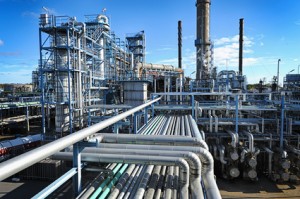 At Sterling Oil Company we offer a number of different petroleum products such as kerosene, fuel oil, and various levels of gasoline. You hear of these products quite often in daily life but do you really know what they are? Here is a quick look at each of the petroleum types carried by Sterling Oil.
At Sterling Oil Company we offer a number of different petroleum products such as kerosene, fuel oil, and various levels of gasoline. You hear of these products quite often in daily life but do you really know what they are? Here is a quick look at each of the petroleum types carried by Sterling Oil.
Probably the most commonly known petroleum product is home heating oil otherwise known as #2 Fuel Oil. The number ‘2’ is actually a class of oil rated by the American Society for Testing and Materials (ASTM) classification system. It is delivered in a low viscosity liquid (meaning it is not too thick) state and is used widely throughout the United States at just under 7 million households.
Sterling Oil also carries ‘Low Sulfur (LS)’, a cleaner alternative to #2 Fuel Oil. LS is marketed as such because its sulfur content, is at the most, 15 parts per million. To obtain this lower sulfur standard additional steps are taken during the refining process. It is a big step in the effort to lower emissions and become more environmentally friendly.
Kerosene is probably one of the more versatile petroleum products but is generally associated with lighting (such as kerosene lamps), cooking, and heating. Did you know it is also used as jet fuel and as an ingredient in insecticides? Like #2 Fuel Oil, kerosene has a low viscosity and is derived through the distilling of petroleum. It was the first to be extracted for large commercial purposes in the mid 1800’s.
In addition to all the products above, we also carry three grades of gasoline – regular, midgrade, and premium. The difference in the grade is based on the octane rating of the three. The higher the octane content, the higher the grade. Gasoline with a higher rating is less likely to self-ignite and will burn more evenly. When you are at the gas pump, the gasoline rating of 87, 89, or 91 (sometimes 93) correlates to their level of octane.
Various fuels have been distilled from petroleum for over 2000 years, first discovered by Arabian scientists. Petroleum products are, in short, very complex mixtures. In fact, there are many products we come across in our everyday lives that we do not realize are derived from petroleum, such as linoleum, perfumes, soap, and even vitamin capsules. Sterling Oil is proud of the petroleum products we carry and are proud to be serving the beautiful city of Lynchburg.


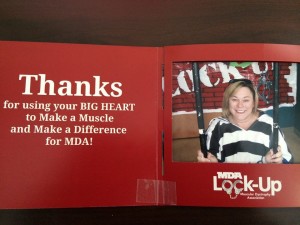
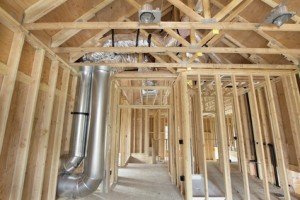
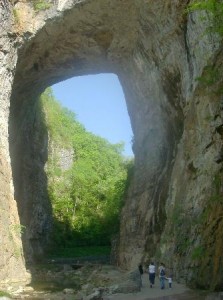

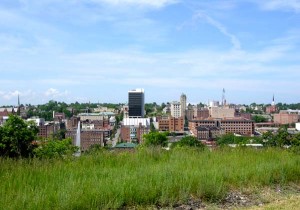
0